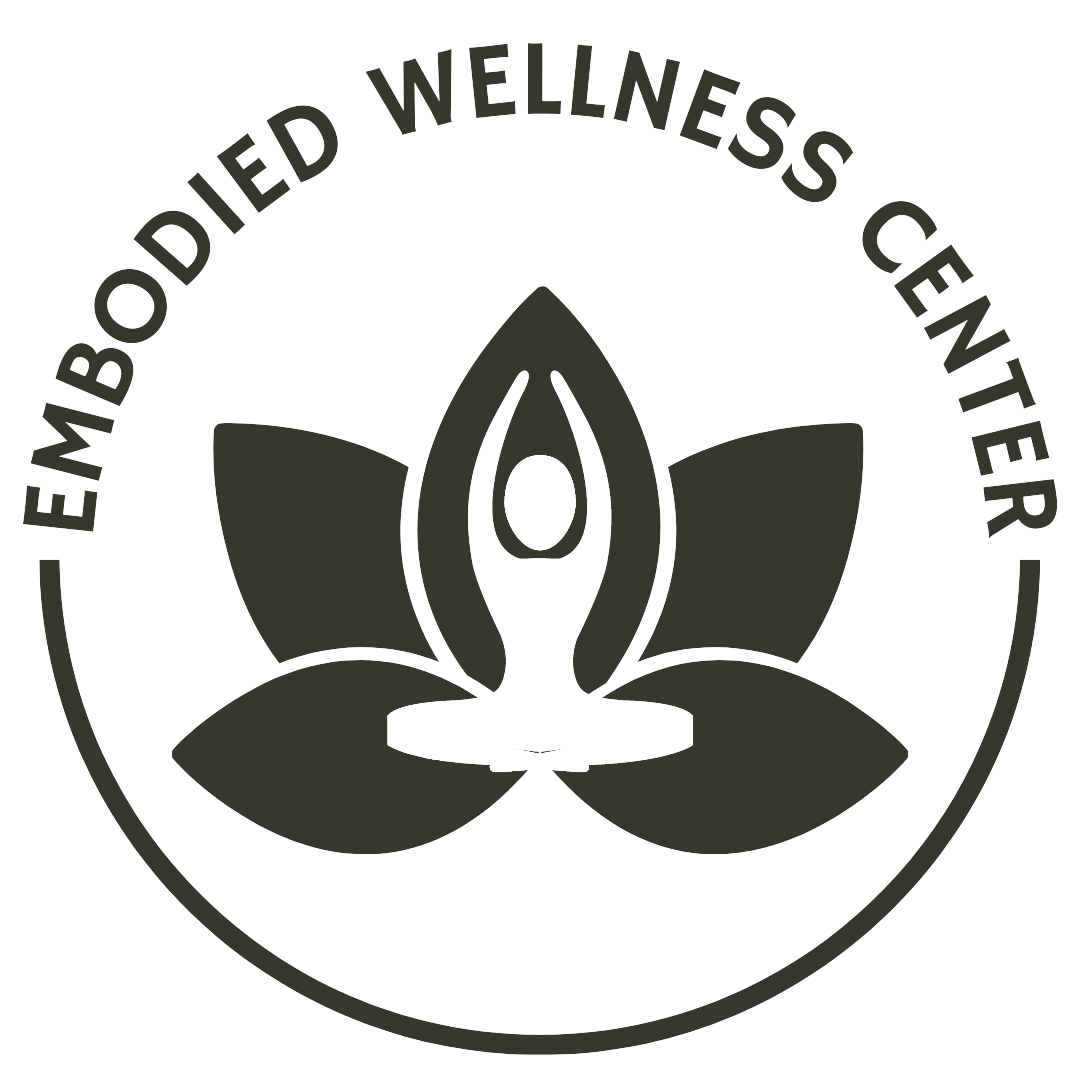Release Jaw Pain and Tension with These 3 Simple Techniques

A few weeks ago, we surveyed our Instagram followers asking where they felt the most stress in their bodies. The second most common response was the jaw. Jaw tension, when held chronically, can contribute to conditions like TMJ (temporomandibular joint disorder), chronic headaches, neck pain, or sleep issues. Becoming aware of your “holding patterns,” or the areas where you subconsciously hold stress, is the first step to finding relief. Below are three quick and effective practices you can try today to help release jaw pain and facial tension. Each one takes just a few minutes and can be done anywhere.
1
Lion’s Breath
Lion’s breath is an energizing breathwork exercise that can energize you as well as release built-up tension in the face, jaw, and throat. To practice lion’s breath, sit up tall with your hands resting on your knees. Inhale deeply through your nose. As you exhale, open your mouth wide, stick out your tongue, and make a “haaa” sound as you breathe out. Repeat 5-6 times.
2
Self Massage
Gentle pressure and massage techniques around the cheeks, jawline, and temples can be a simple and effective way to release tension in the jaw, increase blood flow, soften tight tissues, and calm the nervous system. It’s especially helpful for people who clench or grind their teeth, hold stress in their face, or experience TMJ discomfort. Use the knuckle of your pointer finger to knead into your jaw area, right underneath the cheekbone, with as much pressure as you’d like. Repeat on the other side.
3
Jaw Glide and Wiggle
Jaw glides and wiggles are gentle movement exercises that help reset the muscles around the jaw. These movements encourage mobility, reduce stiffness, and retrain the jaw to rest in a more neutral, tension-free position. Separate your top and bottom teeth slightly. Bring your bottom teeth in front of your top teeth. Now bring them back. Move your bottom teeth forward and backward about 7-10 times. Then, wiggle your bottom teeth side to side about 7-10 times.
Jaw tension often goes unnoticed until it turns into pain. Practicing these simple techniques regularly can reduce tightness, support TMJ relief, and improve your overall sense of calm. Try them as part of your morning routine, after a long day, or any time you notice your jaw clenching.
*Disclaimer: The content posted on this website is for marketing and educational purposes only. It is not, nor is it intended to be, psychotherapy or a replacement for mental health treatment. Please seek the advice of your licensed medical or mental health professional, and do not avoid seeking treatment based on anything read on this website.



